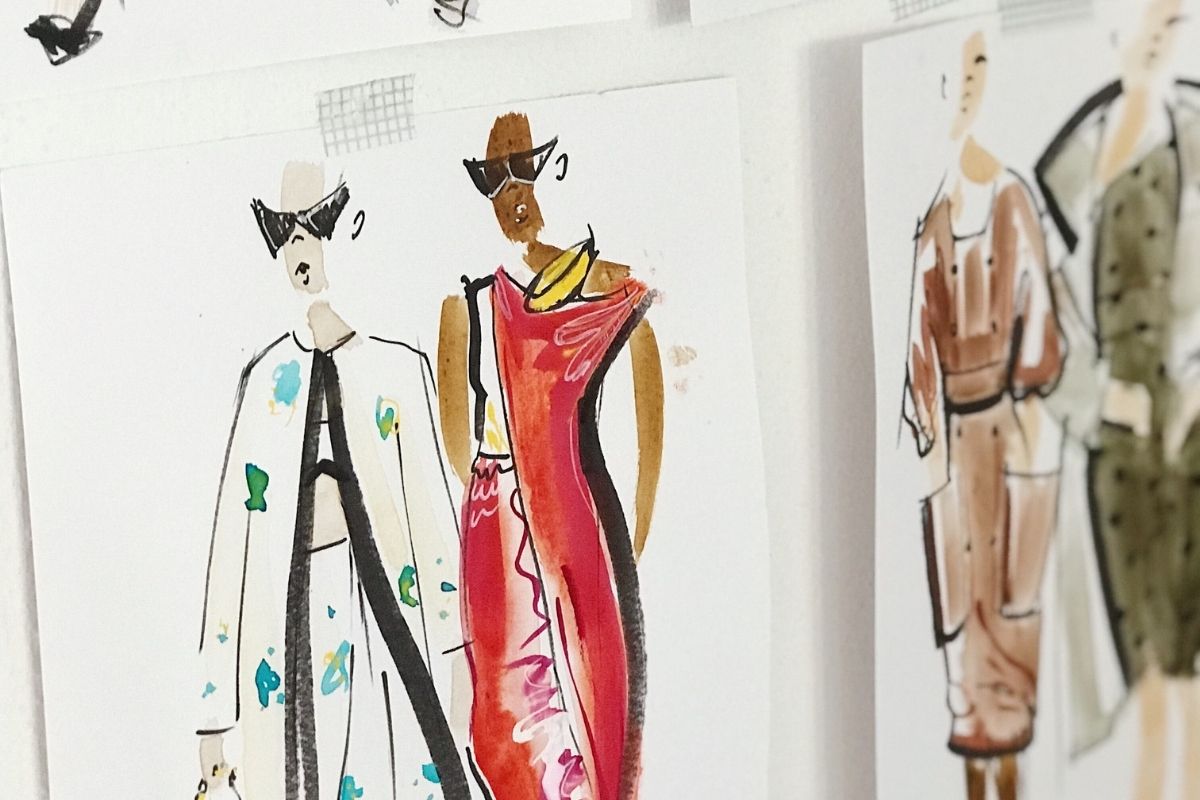From Idea to Business: Funding Your Business
Many people spend vast amounts of their personal money and don’t realize how much they will need to pay because it’s tough to figure out when to step out of that process. While many businesses worldwide are started this way, there needs to be an understanding of how far you can go with that. It is also wise to line up another source of funding for your business, both for peace of mind and to allow your business and your personal life to have some separation.
Other people are much more savvy about finding funding very early through networking. So, find people, investors, and other founders willing to take on a young brand or project. Do thorough research. Network a lot. Figure out how that works, what the risks are, what the opportunities are, and then make sure that you understand how much of both your own money and external investors’ money you’re going to need to spend in order to get to the level of success that you aspire to.
That’s where having a business mind, a business mentor, and a business partner is critical from day one. Because you don’t want to be in a position where you’re either spending all of your savings to make your dream come true, or you hit success, and you don’t have the financial means to achieve it. In other words, that you can’t meet the demand. So it is highly critical that financing comes into the picture from the get-go and that you are able to scale your financing according to the brand’s success and goals.


